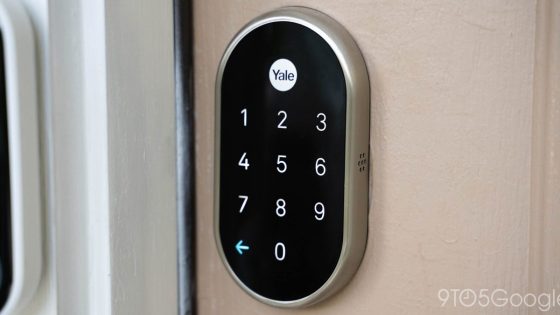The Nest brand, once a pioneer in smart home technology, is officially transitioning to the Google Home era. As of March 30, 2025, Google has announced significant changes to its Nest product line, leaving many to wonder what this means for their smart home setups. Are you ready for a new era of home automation?
- Google Nest brand is evolving into Google Home.
- Nest Secure and Protect have been discontinued.
- New products will replace old Nest devices.
- Google emphasizes user choice in smart home devices.
- Future hardware will leverage AI technology.
- Global availability remains a concern for users.
Google Nest Transitions to Google Home: What You Need to Know
What does the future hold for your smart home? Google is making bold moves by replacing familiar Nest products with new options that better integrate into the Google Home ecosystem. This shift raises questions about the reliability and compatibility of existing devices. Are you prepared to adapt to these changes?
Key Changes in Google’s Smart Home Strategy
As Google phases out Nest products, they are introducing new devices tailored for the Google Home app. This strategy aims to enhance user experience and simplify smart home management. Here are the key changes:
- Replacement of Nest Protect with a new First Alert smoke/CO2 detector.
- Introduction of a new Yale lock that works seamlessly with Google Home.
- Focus on integrating AI features into core products like Nest Cams and the Nest Learning Thermostat.
- Encouragement for users to choose from a wider range of compatible smart home devices.
What’s Next for Google Nest Users?
With the discontinuation of Nest Secure and other products, users are left wondering what alternatives are available. Google is encouraging users to explore third-party options that work with the Google Home app. This shift could lead to a more personalized smart home experience, but it also means less brand loyalty to Nest.
The Role of AI in Google’s Future Products
Google is integrating AI into its core smart home devices, enhancing functionality and user experience. The upcoming Nest Cams will leverage AI for smarter monitoring, while the Nest Learning Thermostat will utilize advanced algorithms for energy efficiency. How will these innovations impact your daily life?
Why User Choice Matters in Smart Home Technology
Google’s strategy to allow users to select compatible devices from various brands is a game-changer. This approach empowers users to create a smart home tailored to their needs. With a diverse range of options, will you take advantage of this flexibility to customize your home automation?
As Google transitions from Nest to Google Home, the future of smart home technology looks promising yet uncertain. Stay tuned for updates and be prepared to adapt your smart home setup to these changes.

































